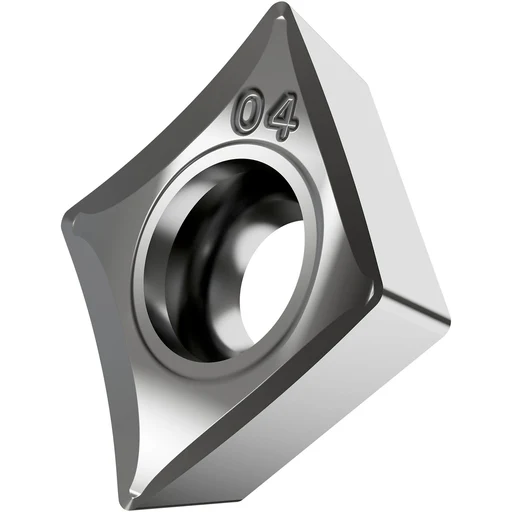Comparing High-Speed Steel and Carbide in Cutting Tool Technology
When it comes to cutting tool technology, one of the key decisions that manufacturers must make is choosing between high-speed steel and carbide inserts. Both materials have their own set of advantages and disadvantages, and understanding the differences between the two can help manufacturers make more informed decisions when selecting cutting tools for their machining processes.
High-Speed Steel (HSS) Inserts
High-speed steel (HSS) has been a popular choice for cutting tools for many years due to its toughness and ability to withstand high temperatures. HSS inserts are known for their versatility and can be used for a wide range of machining applications. They are also relatively inexpensive compared to carbide inserts, making them a cost-effective option for manufacturers on a budget.
Limitations of HSS Inserts
However, one of the main drawbacks of HSS inserts is their limited hardness and wear resistance compared to carbide. This means that HSS inserts may need to be replaced more frequently, leading to increased downtime and higher overall costs in the long run. Additionally, HSS inserts are not well-suited for high-speed machining applications, as they may wear out quickly at elevated cutting speeds.
Carbide Inserts
On the other hand, carbide inserts are known for their exceptional hardness and wear resistance, making them ideal for high-speed machining applications. Carbide inserts can withstand higher cutting speeds and temperatures compared to HSS inserts, resulting in faster material removal rates and improved machining efficiency. Additionally, carbide inserts have a longer tool life, reducing the need for frequent tool changes and minimizing downtime.
Cost Considerations
Despite their superior performance, carbide inserts are typically more expensive than HSS inserts. This upfront cost can be a barrier for manufacturers looking to invest in cutting tools, especially those operating on a tight budget. However, the long-term benefits of carbide inserts, such as increased productivity and reduced tool replacement costs, often outweigh the initial investment.

Choosing Between HSS and Carbide Inserts
When deciding between high-speed steel and carbide inserts, manufacturers must consider the specific requirements of their machining processes. For applications that involve high-speed cutting or require superior wear resistance, carbide inserts are the preferred choice. On the other hand, HSS inserts may be suitable for less demanding applications where cost is a significant factor.
Conclusion
In conclusion, both high-speed steel and carbide inserts have their own advantages and disadvantages in cutting tool technology. While HSS inserts are known for their versatility and affordability, carbide inserts offer superior hardness and wear resistance, making them ideal for high-speed machining applications. By understanding the differences between the two materials, manufacturers can make informed decisions when selecting cutting tools to enhance machining versatility and efficiency.









